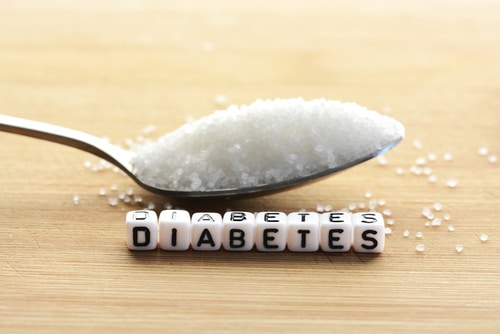Emergency treatment for diabetes.
If not treated quickly enough, fluctuations in blood glucose levels can lead to a person with diabetes becoming unwell and losing consciousness.
The two conditions associated with diabetes are:
- Hyperglycaemia – high blood glucose
- Hypoglycaemia – low blood glucose
Hypoglycaemia occurs when any insulin in the body has moved too much glucose out of the bloodstream and blood glucose levels have become very low (less than 4 mmol/l). This is usually because the patient has taken too much insulin, exercised too vigorously or consumed alcohol on an empty stomach.
Hyperglycaemia occurs when the body cannot produce any, or enough, insulin to regulate blood glucose. Consequently, blood glucose levels become too high. This happens when there is no insulin to move glucose out of the bloodstream and into the cells to produce energy.
The more common emergency is hypoglycaemia which affects brain function and can lead to unconsciousness if untreated.
SIGNS AND SYMPTOMS
High blood sugar
- excessive thirst
- tiredness
- blurred vision
- hot, dry skin
- smell of acetone on breath
Low blood sugar
- weakness, shaking
- sweating
- headache
- faintness, dizziness
- lack of concentration
- teariness or crying
- irritability or altered behaviour
- hunger
- numbness around the lips and fingers
These may progress quickly to:
- slurred speech
- confusion
- loss of consciousness
- seizures
WHAT TO DO
High blood sugar (hyperglycaemia)
- If the patient has medication, ask if they need assistance administering it. Only help the patient if they request it.
- Encourage the patient to drink water.
- Seek medical aid if symptoms worsen.
- If the patient has not yet been diagnosed with diabetes, encourage them to seek medical aid.
Low blood sugar (hypoglycaemia)
- Help the patient to sit or lie in a comfortable position.
- Reassure the patient.
- Loosen any tight clothing.
- Give the patient sugar, such as fruit juice or a soft drink (NOT ‘diet’ eg Coke Zero, Pepsi Max), sugar, jellybeans, glucose tablets.
- Continue giving sugar every 15 minutes until the patient recovers.
- Follow with carbohydrates, eg a sandwich, milk, fresh or dry fruit, or dry biscuits and cheese.
- If there is no improvement in symptoms or the patient become unconscious, call triple zero (000) for an ambulance.




